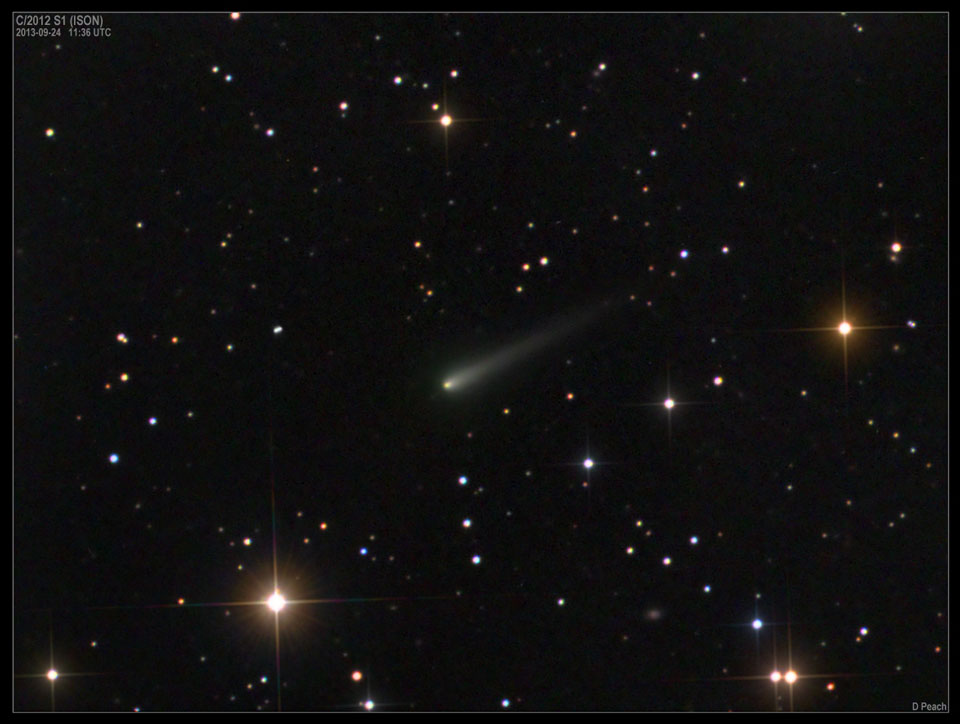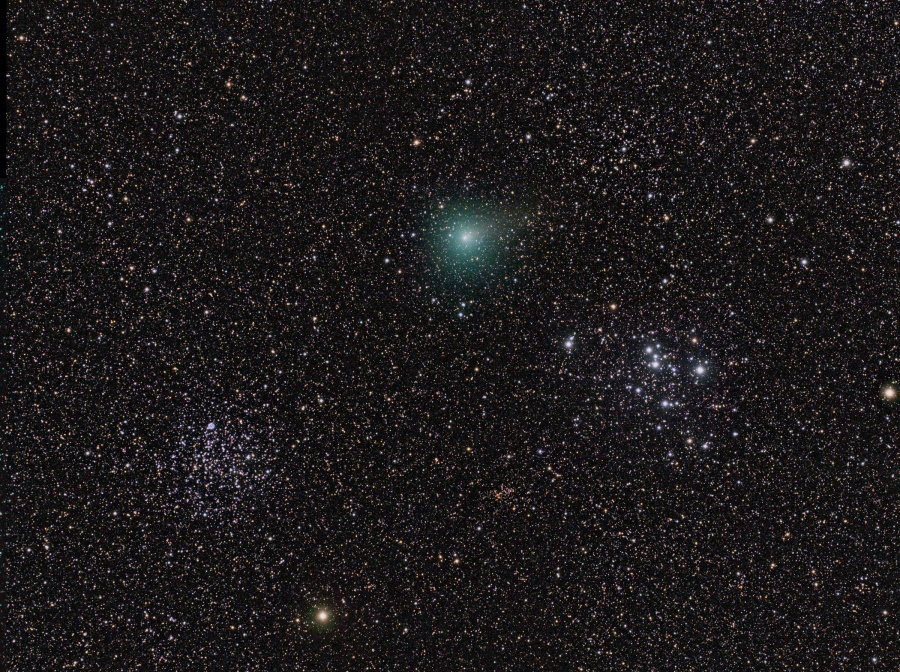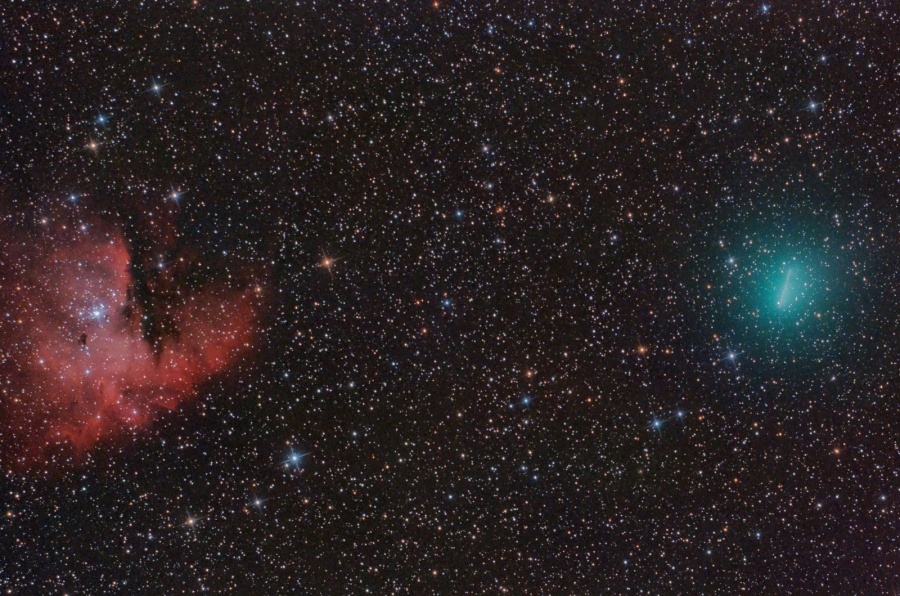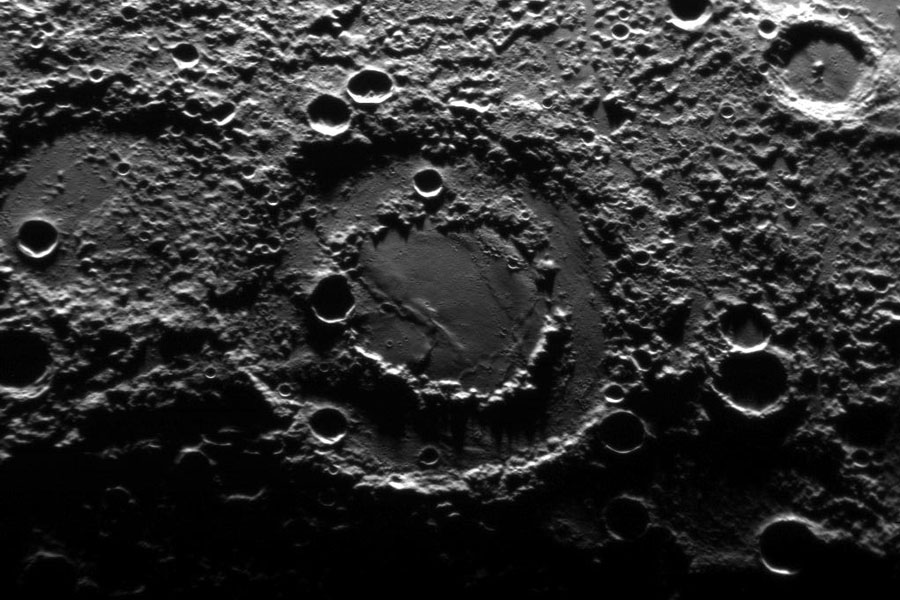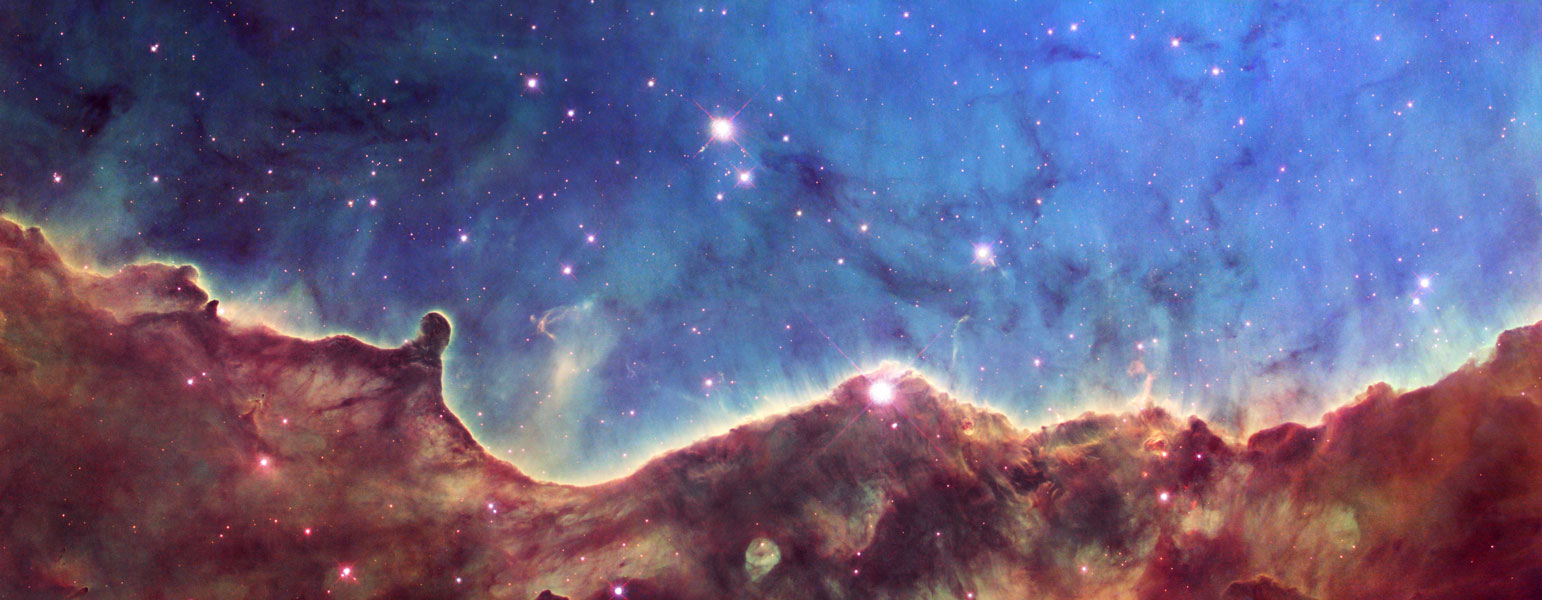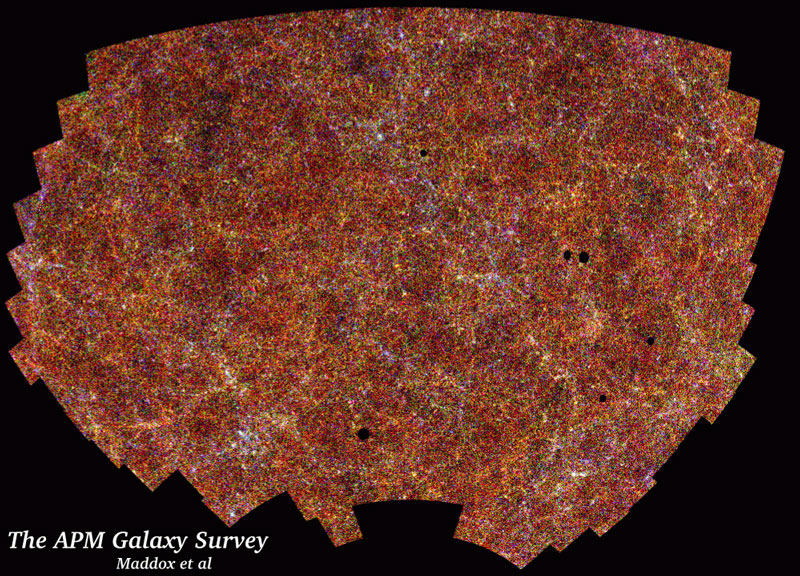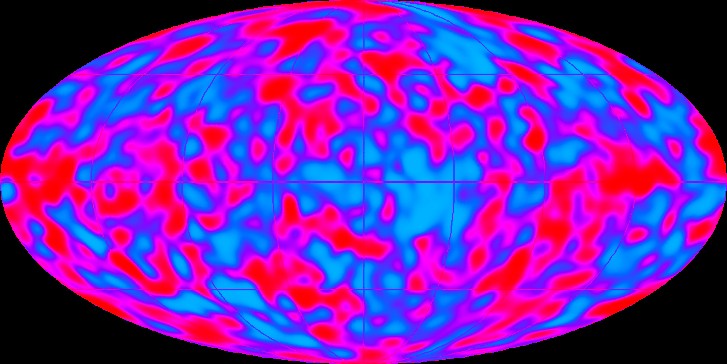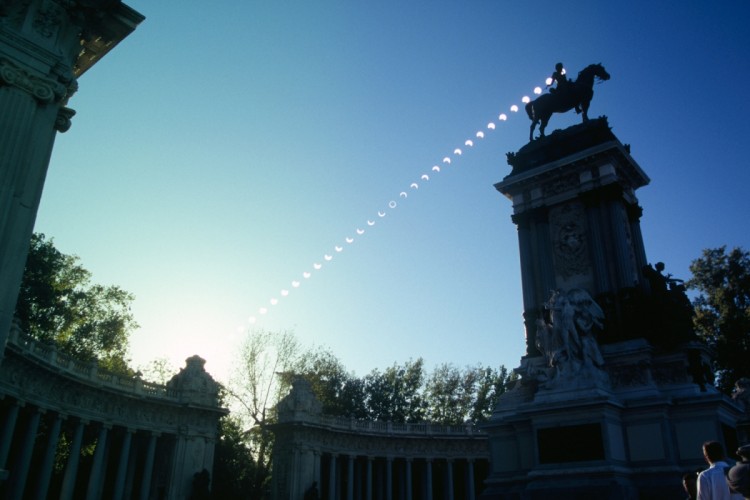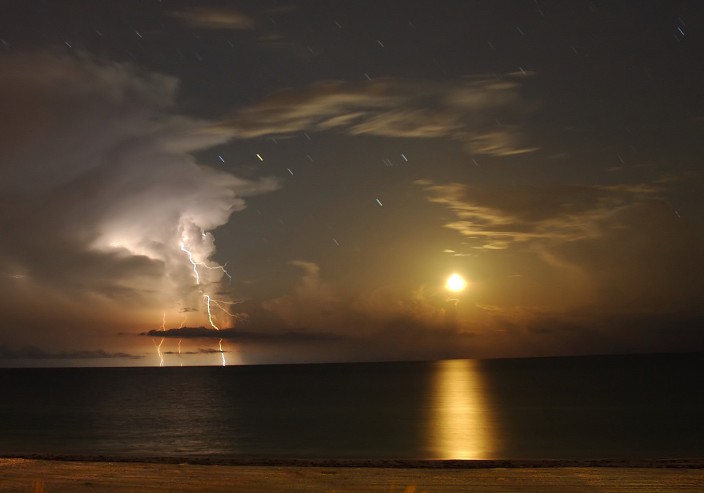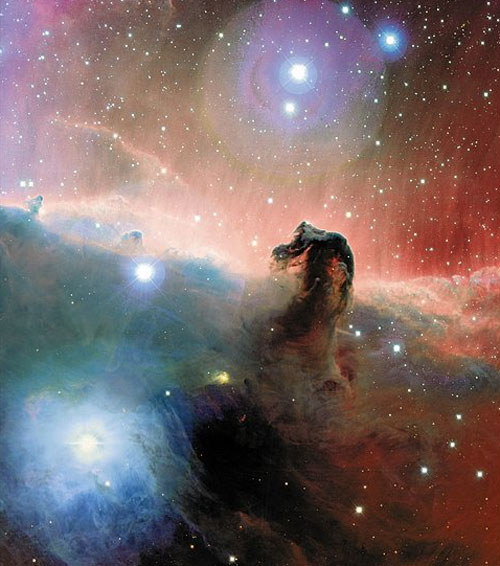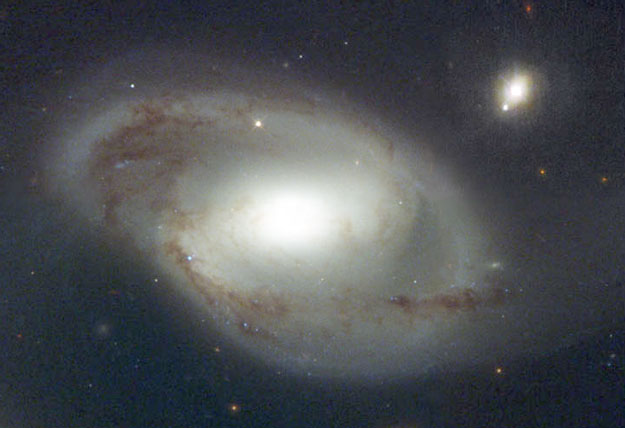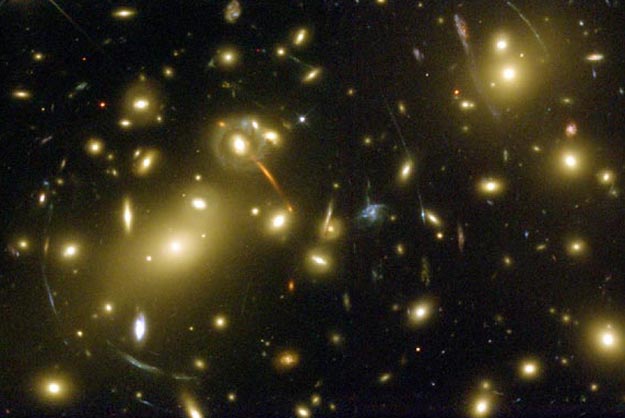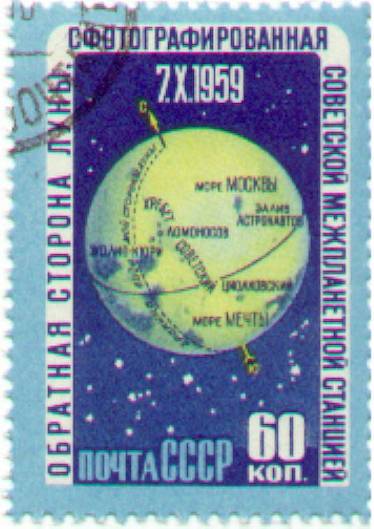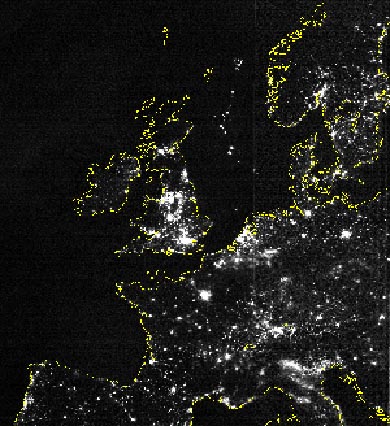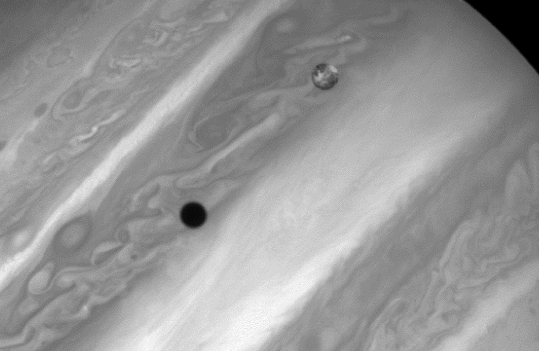| << Previous | Index | Next >> |
2014
[imghover6=http://apod.nasa.gov/apod/image/1410/mw ... e_1080.jpg]http://apod.nasa.gov/apod/image/1410/mw ... otated.jpg[/imghover6]Image Credit & Copyright: Dave Lane
2013 How impressive will Comet ISON become? No one is sure, but unfortunately, as the comet approaches the inner Solar System, it is brightening more slowly than many early predictions. Pictured above, Comet ISON is seen about two weeks ago as >it continued to develop a tail. Last week the comet passed relatively close to Mars, and was directly imaged by the Mars Reconnaissance Orbiter. When Comet ISON dives to within a few solar radii of the Sun's >surface in late November, it may become brighter than the Moon and sport a long and >flowing tail -- or it may appear somewhat less spectacular. Either way, sky enthusiasts hope that whatever comet parts survive will put on quite an impressive show, as viewed from Earth, through at least the rest of the year.
2012
[imghover6=http://apod.nasa.gov/apod/image/1210/gr ... ia_960.jpg]http://apod.nasa.gov/apod/image/1210/gr ... ed_960.jpg[/imghover6]Image Credit: Edward H. Adelson, Wikipedia
2011 Early last November, small but active Comet Hartley 2 (103/P Hartley) became the fifth comet imaged close-up by a spacecraft from planet Earth. Still cruising through the solar system with a 6 year orbital period, Hartley 2 is making astronomical headlines again. New Herschel Space Observatory measurements indicate that the water found in this comet's thin atmosphere or coma has the same ratio of the hydrogen isotope deuterium (in heavy water) as the oceans of our fair planet. Hartley 2 originated in the distant Kuiper Belt, a region beyond the orbit of Neptune that is a reservoir of icy cometary bodies and dwarf planets. Since the ratio of deuterium is related to the solar system environment where the comet formed, the Herschel results indicate that Kuiper Belt comets could have contributed substantial amounts of water to Earth's oceans. Comet Hartley 2 appears in this starry skyscape from last November sporting a tantalizing greenish coma appropriately sailing through the nautical constellation Puppis. Below the comet are open star clusters M47 (right) and M46 (left).
2010 Touring the solar system with a 6 year orbital period, small comet Hartley 2 (103/P Hartley) will make its closest approach to planet Earth on October 20 and its closest approach to the Sun on October 28. It may become a naked-eye comet, just visible in clear, dark skies. Meanwhile the comet has been a tempting telescopic target, seen here with an alluring green coma as it shares the frame with emission nebula NGC 281 and stars of the constellation Cassiopeia on October 2. The nebula's gaping profile defined by dust clouds against the red glow suggests its more playful moniker, the Pacman Nebula. An apparent short bright streak shows the comet's motion against the background stars during the hour of accumulated exposure time. Over the next few days Comet Hartley 2's motion will also carry it across a field of view featuring the famous double star cluster in Perseus. On November 4 a spacecraft from planet Earth will actually fly within about 700 kilometers of the comet's nucleus. Now dubbed EPOXI, that spacecraft was formerly known as Deep Impact.
2009 What caused the smooth floor inside the double ringed basin on Mercury? No one is sure. The unusual feature spans 160 kilometers and was imaged during the robotic MESSENGER spacecraft's swing past our Solar System's innermost planet last week. Double and multiple ringed basins, although rare, have also been imaged in years past on Mars, Venus, Earth, and Earth's Moon. Mercury itself has several doubles, including huge Caloris basin, Rembrandt basin, and enigmatic Raditladi basin. Most large multiple ringed basins on planets and moons are caused initially by a forceful impact by a single asteroid or comet fragment. One interesting feature of the above-imaged double ring is that the basin center appears much smoother than the region between the rings. Possibly, the internal floor was smoothed by later volcanic activity. Also possible, however, is that the floor was smoothed by melting and flowing of material upon impact. MESSENGER has now completed its last flyby of Mercury but will return and attempt to enter orbit in 2011 March.
2008 Bright young stars sometimes sculpt picturesque dust mountains soon after being born. Created quite by accident, the energetic light and winds from these massive newborn stars burn away accumulations of dark dust and cool gas in a slow but persistent manner. Such is the case in NGC 3324, a star forming region near the edge of NGC 3372, the energetic and expansive Carina Nebula. Pictured above, in scientifically assigned colors, is only a small part of NGC 3324. The Carina Nebula itself is one of the largest star forming regions known and home to Eta Carinae, one of the most unstable and variable stars known. The above image was created from archived Hubble Space Telescope data in honor of the 10th anniversary of the Hubble Heritage Project. The Hubble Heritage Project has created, so far, nearly 130 visually stunning images.
2007 Our universe is filled with galaxies. Galaxies -- huge conglomerations of stars, gas, dust -- and mysterious dark matter are the basic building blocks of the large-scale universe. Although distant galaxies move away from each other as the universe expands, gravity attracts neighboring galaxies to each other, forming galaxy groups, clusters of galaxies, and even larger expansive filaments. Some of these structures are visible on one of the most comprehensive maps of the sky ever made in galaxies: the APM galaxy survey map completed in the early 1990s. Over 2 million galaxies are depicted above in a region 100 degrees across centered toward our Milky Way Galaxy's south pole. Bright regions indicate more galaxies, while bluer colors denote larger average galaxies. Dark ellipses have been cut away where bright local stars dominate the sky. Many scientific discoveries resulted from analyses of the map data, including that the universe was surprisingly complex on large scales.
2006 This historic all-sky map is based on the first two years of data from NASA's COsmic Background Explorer (COBE) satellite, launched in November of 1989. The map shows minute temperature variations (red is hotter) imprinted on the Cosmic Microwave Background (CMB) radiation by structures in the early Universe. These detailed measurements of the CMB and other COBE results ushered in an age of precision cosmology, and exactly confirmed the predictions of the Big Bang theory. Playing leading roles in the COBE project, for their resulting discoveries John C. Mather (NASA, Goddard Space Flight Center), and George F. Smoot (UC Berkeley) were selected to receive the 2006 Nobel Prize in Physics.
2005 A walk in the park seemed like a perfect idea to many enjoying a sunny October morning in Madrid, Spain. Of course, on October 3rd an added attraction was the Moon - seen in dramatic silhouette during an annular solar eclipse. This multiple exposure sequence follows the progress of the eclipse from Madrid's monument to King Alfonso XII in the pleasant Parque del Buen Retiro. The Sun rises at the left and moves up and to the right in the picture, with the ring-like annular phase near picture center. While a partial eclipse was visible over a wide area including Europe, Africa and western Asia, the central line of the shadow track crossed Madrid. Sun watchers in the capital city basked in an annular eclipse phase lasting about four minutes.
2004 Moonsets are not often quite as exciting as this one. But amateur astronomer Marc-Andre Besel was impressed by the brilliant lighting displays that joined the first quarter Moon and stars of the constellation Scorpius in western skies. On August 22, 2004, his view looked across the Gulf of Mexico from Anna Maria Island, Florida, USA, a region that would experience even more stormy weather in the coming days. The alluring digital image is a time exposure, by chance capturing the details of a brief flash of lightning along with an overexposed Moon and dramatic cloud formations. In fact, the exposure is long enough to show the background stars as short streaks or trails. The bright yellowish star trail, just above and right of the lightning flash, is red giant star Antares.
2003 While drifting through the cosmos, a magnificent interstellar dust cloud became sculpted by stellar winds and radiation to assume a recognizable shape. Fittingly named the Horsehead Nebula, it is embedded in the vast and complex Orion Nebula. The dark molecular cloud, roughly 1,500 light years distant, is cataloged as Barnard 33 and is visible only because its obscuring dust is silhouetted against the bright emission nebula IC 434. The bright blue reflection nebula NGC 2023 is visible on the lower left. The prominent horse head portion of the nebula is really just part of a larger cloud of dust which can be seen extending toward the bottom of the picture. A potentially rewarding but difficult object to view with a small telescope, this gorgeous representative-color image was taken by the large 3.6-m Canada-France-Hawaii Telescope in Hawaii, USA.
2002 Is the galaxy in the center connected to the quasar on the upper right? Disagreements about systems like this have raged for decades and have been used to challenge the foundations of modern cosmology. Some believe that the quasar Markarian 205 was recently ejected from galaxy NGC 4319, indicating that the high redshift of Markarian 205 is not indicative of its distance. Most astronomers have come to believe, however, that the two are not physically associated, and that the high redshift of Markarian 205 indeed indicates that it lies across our universe. In this predominant view, as with a tree branch that happens to point toward the Moon, their juxtaposition in the above image is just coincidence.
2001 Gravity can bend light, allowing huge clusters of galaxies to act as telescopes. Almost all of the bright objects in this released Hubble Space Telescope image are galaxies in the cluster known as Abell 2218. The cluster is so massive and so compact that its gravity bends and focuses the light from galaxies that lie behind it. As a result, multiple images of these background galaxies are distorted into long faint arcs - a simple lensing effect analogous to viewing distant street lamps through a glass of wine. The cluster of galaxies Abell 2218 is itself about three billion light-years away in the northern constellation Draco. The power of this massive cluster telescope has recently allowed astronomers to detect a galaxy at redshift 5.58, the most distant galaxy yet measured. This young, still-maturing galaxy is faintly visible to the lower right of the cluster core.
2000 Sputnik means "traveling companion". Despite the innocuous sounding name, the launch of the Earth's first "artificial moon", Sputnik 1, by the Soviet Union on October 4, 1957 shocked the free world, setting in motion events which resulted in the creation of NASA and the race to the Moon. Sputnik 1 was a 184 pound, 22 inch diameter sphere with four whip antennas connected to battery powered transmitters. The transmitters broadcast a continuous "beeping" signal to an astounded earthbound audience for 23 days. A short month later, on November 3, the Soviet Union followed this success by launching a dog into orbit aboard Sputnik 2.
1999 This vintage 60-kopek stamp celebrates a dramatic achievement. On October 7th, forty years ago (7/X/1959), the Soviet interplanetary station which has come to be called "Luna 3" successfully photographed the far side of the moon giving denizens of planet Earth their first ever view of this hidden hemisphere. Lacking the digital image technology familiar now, Luna 3 took the pictures on 35mm film which was automatically developed on board. The pictures were then scanned and the signal transmitted to Earth days later in what was perhaps also the first interplanetary fax. In all, seventeen pictures were received providing enough coverage and resolution to construct a far side map and identify a few major features. Depicted on the stamp are regions dubbed the Sea of Moscow, the Soviet Mountains, the Bay of Astronauts, and the Sea of Dreams.
1998 The Sea-viewing Wide Field-of-view Sensor (SeaWiFS) instrument onboard the orbiting SeaStar spacecraft can map subtle differences in Earth's ocean color. These North (left) and South Pole projections are based on SeaWiFS measurements made between September 1997 and July 1998. The "color" strongly depends on how sunlight is reflected by free-floating phytoplankton - photosynthesizing organisms which contain chlorophyll. Chlorophyll absorbs blue and red light and reflects green. Since the tiny phytoplankton are tremendously important, forming the beginning of the food chain for sea life, SeaWiFS color maps can help track the activity of ocean planet Earth's biosphere.
1997 This is what Europe looks like at night! Can you find your favorite European city? Although not all of Europe is shown, city lights might make this task possible. Continental outlines have been artificially drawn in yellow. The above picture is actually a composite of over 200 images made by satellites orbiting the Earth. Scans were made by the USAF Defense Meteorological Satellite Program (DMSP) Operational Linescan System. The DMSP satellites continue to help in the understanding and prediction of weather phenomena as well as provide key information about population patterns, city light levels, and even rural forest fires.
1996 Caught in the act earlier this summer by the Hubble Space Telescope, the volcanic moon Io (above and right of center) and its shadow (black dot) are seen here against Jupiter's clouds. Io's shadow is 2,262 miles in diameter (about the size of Io) as it races across the swirling cloud tops at about 38,000 miles per hour. From our perspective in the inner Solar System, dramatic scenes like this one are possible when Jupiter, Io, and the Sun line up. What would this scene look like when viewed from Jupiter's cloud tops? As the shadow passed over Jupiter, for observers along the shadow's track, Io's disk would appear to eclipse the sun. The situation is familiar to those Earth Dwellers who have seen a Solar Eclipse - visible from along the track of the Moon's shadow passing across the surface of the Earth.
1995 A few months after Apollo 11's historic Moon landing, Apollo 12 with commander Charles Conrad Jr., Command Module pilot Richard Gordan, and Lunar Module pilot Alan Bean returned for more geographic and scientific exploration. Gordan took the above picture from the Command Module, where he stayed during the mission, while Conrad and Bean in the Lunar Module descend to the lunar surface, where they landed, collected samples and conducted scientific experiments.
| << Previous | Index | Next >> |
